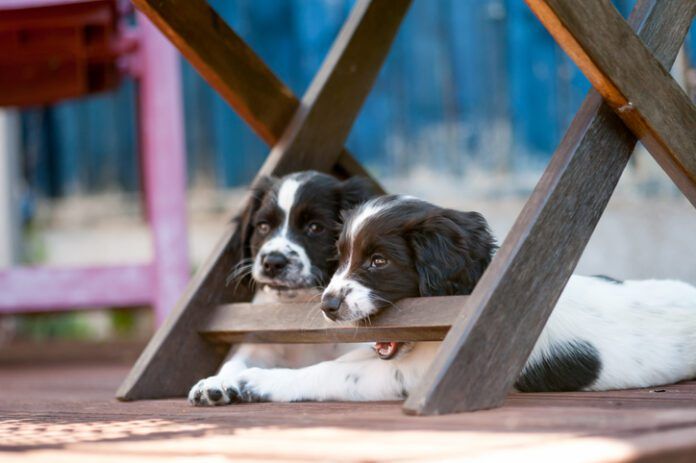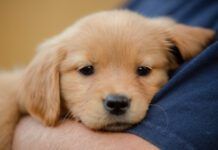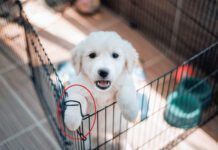
The period during which puppies are teething can be very trying – for you and your puppy. A pup experiences moderate to significant pain as her 28 baby teeth start to fall out, starting around the age of three to four months, and are replaced over a period of months by 42 adult teeth. She’ll likely want to chew on everything – including you – as she tries to relieve the discomfort.
When Do Puppies Stop Teething?
The good news is that, by the age of seven months, all of a pup’s adult teeth have usually fully erupted. (Occasionally a tooth may not fall out on its own; if you see a retained baby tooth in your puppy’s mouth, be sure to tell your veterinarian.) Once all her adult teeth are in, your pup’s desire to chew usually decreases noticeably. This doesn’t mean it disappears altogether; compared to older adult dogs, most adolescent dogs exhibit an increased desire to chew until around 18 months of age, and for some dogs even longer. (It’s normal for dogs to continue some chewing for the rest of their lives – it’s what dogs do!)
Puppy Teeth Chart: When Does a Puppy Lose Their Teeth?
| Tooth Type | Deciduous (Baby) Teeth | Adult Teeth |
|---|---|---|
| Canine | 3-5 weeks | 22-30 weeks |
| Incisors | 4-6 weeks | 10-22 weeks |
| Premolars | 4-10 weeks | 18-26 weeks |
| Molars | None | 22-30 weeks |
Tips for Teething Puppies
Your puppy’s going to chew. You can’t stop her, and you shouldn’t even try. Instead, provide her with plenty of appropriate chew toys and manage her world so she doesn’t have lots of opportunities to chew inappropriate objects. Supervise!
Today’s dog owner has an enormous selection of chew toys to choose from, including some that can be stuffed with food to increase the dog’s interest. Buy toys in a variety of textures, until you find the type that she chews with the most passion; then buy more of that type, whether they are hard plastic, soft and rubbery, made of leather, comprised of wood, or made of fabric: ropy, fleecy, silky, or tough like a fire hose. The more legal chew items a puppy has, in a variety of textures and densities, the less likely she is to chew on you or your household items.
Ideally, offer your pup a tempting chew toy before she latches onto an inappropriate chew object. If you’re too late for that, redirect her to a chew toy as soon as possible. Keep toys handy in every room so you can easily grab one when you need one, and use leashes, tethers, exercise pens, and/or crates to keep her out of trouble when you can’t supervise.
The better your management, the sooner your pup will learn to direct her teeth to her own chew toys rather than your valuables, and the sooner you’ll be able to give her house freedom. Meanwhile, be patient… This, too, shall pass.






